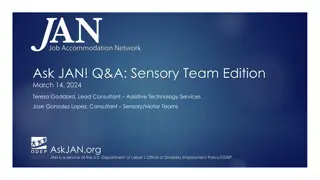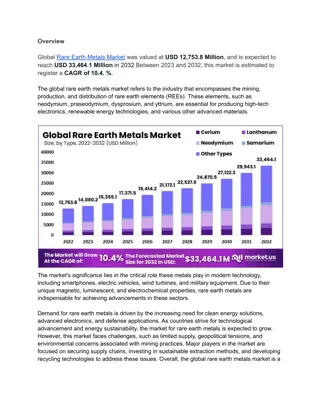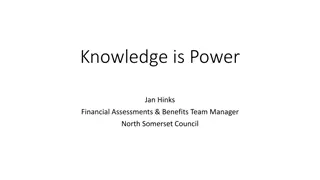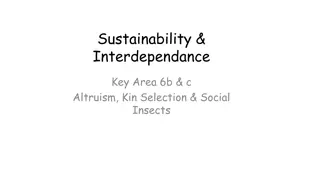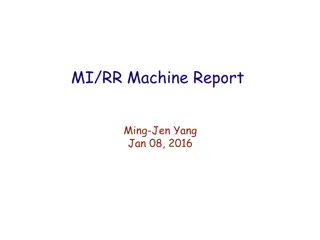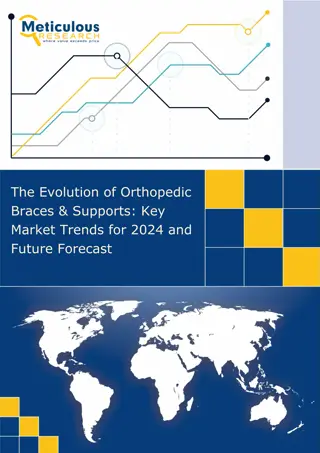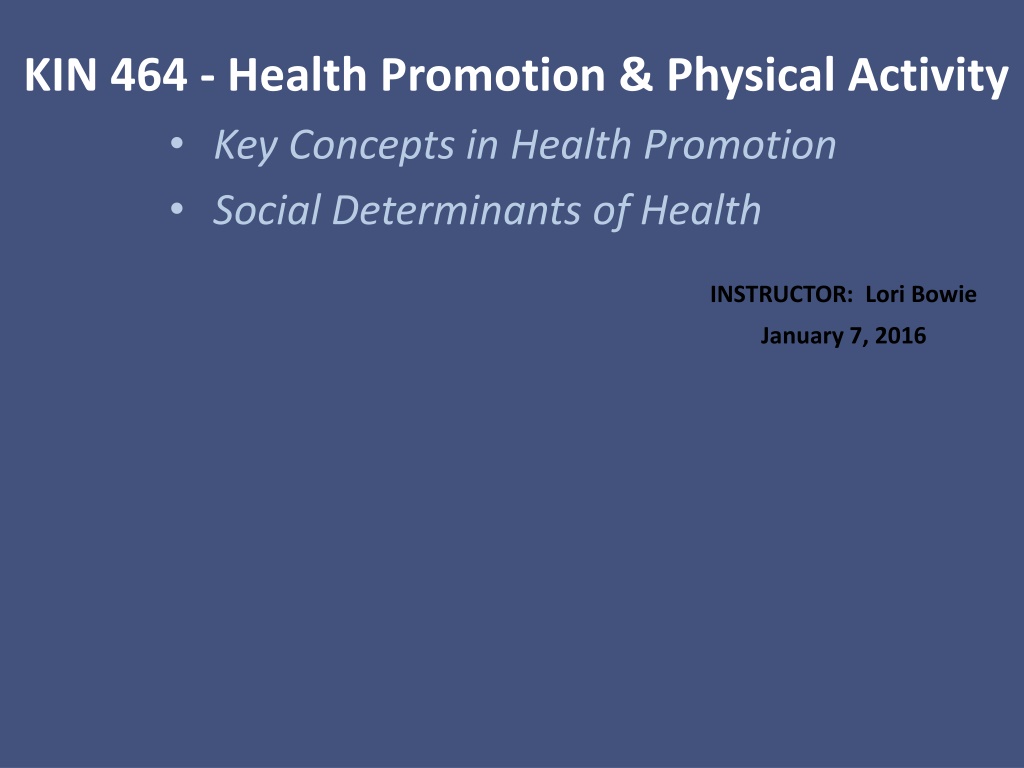
Key Concepts in Health Promotion and Physical Activity
Explore the key concepts in health promotion and physical activity, including the social determinants of health, the Ottawa Charter for Health Promotion, health promotion actions, and the Blue Zones Vitality Project. Learn about empowering individuals and communities, creating supportive environments, and advocating for healthy public policies. Discover the importance of multidimensional health views, empowerment, participation, social justice, and community engagement in promoting overall well-being.
Download Presentation

Please find below an Image/Link to download the presentation.
The content on the website is provided AS IS for your information and personal use only. It may not be sold, licensed, or shared on other websites without obtaining consent from the author. If you encounter any issues during the download, it is possible that the publisher has removed the file from their server.
You are allowed to download the files provided on this website for personal or commercial use, subject to the condition that they are used lawfully. All files are the property of their respective owners.
The content on the website is provided AS IS for your information and personal use only. It may not be sold, licensed, or shared on other websites without obtaining consent from the author.
E N D
Presentation Transcript
KIN 464 - Health Promotion & Physical Activity Key Concepts in Health Promotion Social Determinants of Health INSTRUCTOR: Lori Bowie January 7, 2016
Defining Health Promotion the process of enabling people to increase control over the determinants of health and thereby improve their health (WHO, 1986). a comprehensive process Involving actions directed at: strengthening the skills and capabilities of individuals empowering communities changing social, environmental and economic conditions to improve public and individual health. 2
Ottawa Charter for Health Promotion 1st International Conference on Health Promotion Ottawa, WHO 1986 Health a resource for everyday life, not the objective of living. Health - a positive concept emphasizing social and personal resources, as well as physical capacities. not just the responsibility of the health sector beyond healthy life-styles to well-being http://www.phac-aspc.gc.ca/ph- sp/docs/charter-chartre/pdf/charter.pdf
Health Promotion Actions Ottawa Charter (WHO, 1986) Advocate Enable Mediate Build Healthy Public Policy Create Supportive Environments Strengthen Community Actions Develop Personal Skills Reorient Health Services Moving to the Future
Group Activity Blue Zones Vitality Project School of Public Health University of Minnesota Dan Buettner TEDMED 2011 Ottawa Charter s Recommended Actions 1. 2. Build Healthy Public Policy 1. 2. Create Supportive Environments Strengthen 1. 2. We didn t propose an Albert Lea Diet or an Albert Lea Fitness Program, we [worked] with the community to make all the environments healthier (http://www.sph.umn.edu/outreach/engagement/bluezones/). Leslie Lytle project co-director (Epidemiology professor ): Community Actions 1. 2. Develop Personal Skills What could be done to reorient health services - greater investment in primary and prevention services vs. treating disease? Reorient Health Services
Health Promotion Key Concepts, Values, Principles Multidimensional positive view of health Empowerment Participation Social justice Community engagement Multisectoral Collaboration Healthy Public Policy Partnerships Socio-ecological approach Community Development Advocacy Equity
A Values-based Approach Practice and research in Health Promotion has traditionally been developed based on values such as participation, equity and empowerment. (Mantoura & Potvin, 2013)
Shifting the focus Individual Behaviour Policy & Social Determinants Quality of life Healthiness Resiliency & Capacity
http://www.thecanadianfacts.org/img/the_canadian_facts-cover.jpghttp://www.thecanadianfacts.org/img/the_canadian_facts-cover.jpg The primary factors that shape the health of Canadians are not medical treatments or lifestyle choices but rather the living conditions they experience
Prerequisites for Health Ottawa Charter (WHO, 1986) Social Determinants of Health The Canadian Facts (Mikkonen & Raphael, 2010) Shelter Housing Education Education Food Food Insecurity Income Income Social justice and equity Social Exclusion Social Safety Network A stable eco-system Sustainable resources Peace Unemployment & Job Security Employment & Working Conditions Health Services Early Childhood Development Aboriginal Status Gender Race Disability
Social Determinants of Health 1. Income 2. Education 3. Unemployment & Job Security 4. Employment & Working Conditions 5. Early Childhood Development 6. Food Insecurity 7. Housing 8. Social Exclusion 9. Social Safety Network 10. Health Services 11. Aboriginal Status 12. Gender 13. Race 14. Disability http://www.thecanadianfacts.org/img/the_canadian_facts-cover.jpg Source: The Canadian Facts (Mikkonen & Raphael, 2010) www.thecanadianfacts.org
Socio-economic Gradient in Health Status Poverty is not a lifestyle (Raphael, 2009) Raphael, D. (2009). In D. Raphael (Ed.) Social Determinants of Health (2nd ed.) Toronto: Canadian Scholars Press. 12
Personal Agency and/or ? "Why is Jason in the hospital? Because he has a bad infection in his leg. But why does he have an infection? Because he has a cut on his leg and it got infected. But why does he have a cut on his leg? Because he was playing in the junk yard next to his apartment building and there was some sharp, jagged steel there that he fell on. But why was he playing in a junk yard? Because his neighborhood is kind of run down. A lot of kids play there and there is no one to supervise them. But why does he live in that neighborhood? Because his parents can't afford a nicer place to live. But why can't his parents afford a nicer place to live? Because his Dad is unemployed and his Mom is sick. But why is his Dad unemployed? Because he doesn't have much education and he can't find a job. But why ?" PHAC http://www.phac-aspc.gc.ca/ph-sp/determinants/determinants-eng.php
Group Exercise Determinants of Health Actions to help Jason and his family Stress Income and employment Education Healthy child development Social connectedness Food insecurity Housing
Lifestyle approaches assume that people have control over their circumstances and everyday choices... Is this approach effective? Inclusive? Fair? Making the healthy choice the easy choice? What does this mean making the healthy choice the easy choice ? Emphasizing personal health responsibility = blaming victims? Raphael, D. (2009). In D. Raphael (Ed.) Social Determinants of Health (2nd ed.) Toronto: Canadian Scholars Press.
WHO Commission on the Social Determinants of Health Recommendations: Improving daily living conditions Tackling the inequitable distribution of power, money and resources Assessing the impact of action http://whqlibdoc.who.int/publications/2010/9789241563970_eng.pdf http://apps.who.int/iris/bitstream/10665/69832/1/WHO_IER_CSDH_08.1_eng.pdf
MORE than Healthy Lifestyle messaging There is still too much focus on lifestyle messaging that promotes healthy diets, physical activity, and smoking cessation due to the obesity epidemic . We need MORE action on health determinants - emphasis on the role of government, healthy public policy, community empowerment, fair distribution of resources in society. Raphael (2008)
Upstream - Downstream http://www.thinkupstream.net/
Refocusing Upstream "I am standing by the shore of a swiftly flowing river and hear the cry of a drowning man. I jump into the cold waters. I fight against the strong current and force my way to the struggling man. I hold on hard and gradually pull him to shore. I lay him out on the bank and revive him with artificial respiration. Just when he begins to breathe, I hear another cry for help. I jump into the cold waters. I fight against the strong current, and swim forcefully to the struggling woman. I grab hold and gradually pull her to shore. I lift her out on the bank beside the man and work to revive her with artificial respiration. Just when she begins to breathe, I hear another cry for help. I jump into the cold waters. Fighting again against the strong current, I force my way to the struggling man. I am getting tired, so with great effort I eventually pull him to shore. I lay him out on the bank and try to revive him with artificial respiration. Just when he begins to breathe, I hear another cry for help. Near exhaustion, it occurs to me that I'm so busy jumping in, pulling them to shore, applying artificial respiration that I have no time to see who is upstream pushing them all in...." A story told by Irving Zola - but is used in an article by John B. McKinlay in "A Case for Refocusing Upstream: The Political Economy of Illness" McKinlay, J.B. (1981)
Group work is mandatory Community Health Mapping Preliminary Evidence-Based Report 5% group mark for the introduction and conclusion 20% individual mark for each task (see below) 9:30am Feb 25 Submit a group pdf by email to the instructor and provide one hard copy in class Community Health Mapping Final Briefing Report 20% group mark 9:30am March 24 Submit a group pdf by email to the instructor and provide one hard copy in class Community Health Mapping Peer Participation 10% April 7, must be in class
Communities of Practice (CoPs) groups of people who share a concern, a set of problems, or a passion about a topic, and who deepen their knowledge and expertise by interacting on an ongoing basis. Wenger, E., McDermott, R., & Snyder, W.C. (2002). Cultivating Communities of Practice: A Guide to Managing Knowledge. Boston, MA: Harvard Business School.
Key features of CoPs Integrates experiential, instrumental & academic knowledge. Respects different forms of competence. Supports reflective practice including dialogue to explore alternative ways to solve problems. Buysse, V., Sparkman, K.L. & Wesley, P.W. (2003). Communities of practice: Connecting what we know with what we do. Exceptional Children, 69(3): 263-277.
Benefits of CoPs Reduced isolation, social support, new connections Pooling knowledge, resources, and responsibility for outcomes Cross disciplinary & cross professional communication Increased knowledge translation & knowledge transfer Increased opportunities to have an impact
Creating groups (4 students/group) http://blogs.ubc.ca/ kin464/groups/ Communities of Practice Worksheet Please email your completed form to Lori by Friday January 14
MoU ToR Group Contract Memorandum of Understanding: - describes the agreement between parties Terms of Reference: - describes the purpose and structure of how a collection of people will work together to achieve a shared outcome defines who, what, how and when. KIN 464 Group contract: - outline tasks and timelines, steps to be taken if conflicts arise, and criteria for peer evaluations (10%).
Social Justice & Health Equity When we all do better, we all do better Paul Wellstone
Class Reflection How would you define: Health? Health Promotion? Describe the socio-economic gradient in health status What is the Ottawa Charter and why is it important? What are the benefits of a multifaceted, multisectoral approach to health promotion? What is a community of practice? ADD your suggestions for quiz questions to the blog.


